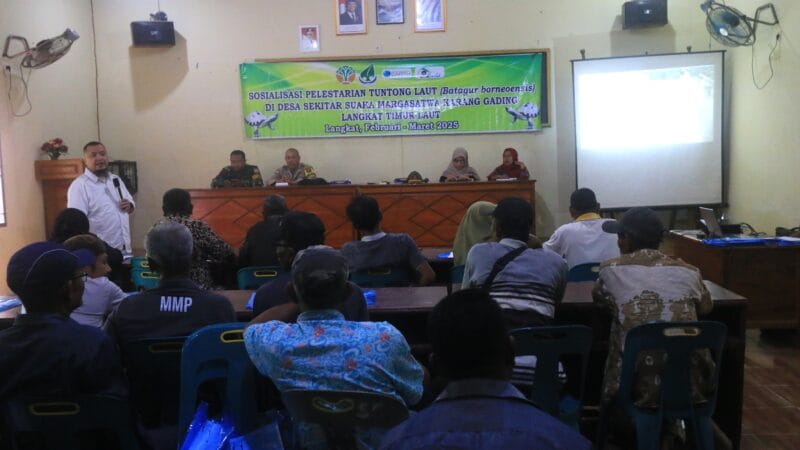Analyzing Social Capital in Context: T A Guide to Using Qualitative Methods and Data
Abstract
This document is a companion piece to an earlier paper on quantitative approaches to measuring social capital (Grootaert et al. 2004). It provides a complementary set of qualitative tools and strategies for gauging the nature and extent of people’s interactions with each other and with key private, public, and civic institutions. Although designed primarily for developing countries, these tools may also be applied in developed countries. This guide can help generate stand-alone findings or background information for a context-specific survey instrument. In either case, researchers should adapt the guide to the local context and the particular research questions they seek to answer. It should be noted that the guide assumes a basic level of familiarity and experience with key social science research procedures.
It is usually best to integrate quantitative and qualitative methods in social science research, especially when investigating social capital. Because this is not always possible in practice, it is all the more important that researchers understand the relative strengths and weaknesses of each method. To help researchers understand these trade-offs, this guide briefly:
for full document, click analyzing_social_capital_in_context-final3


